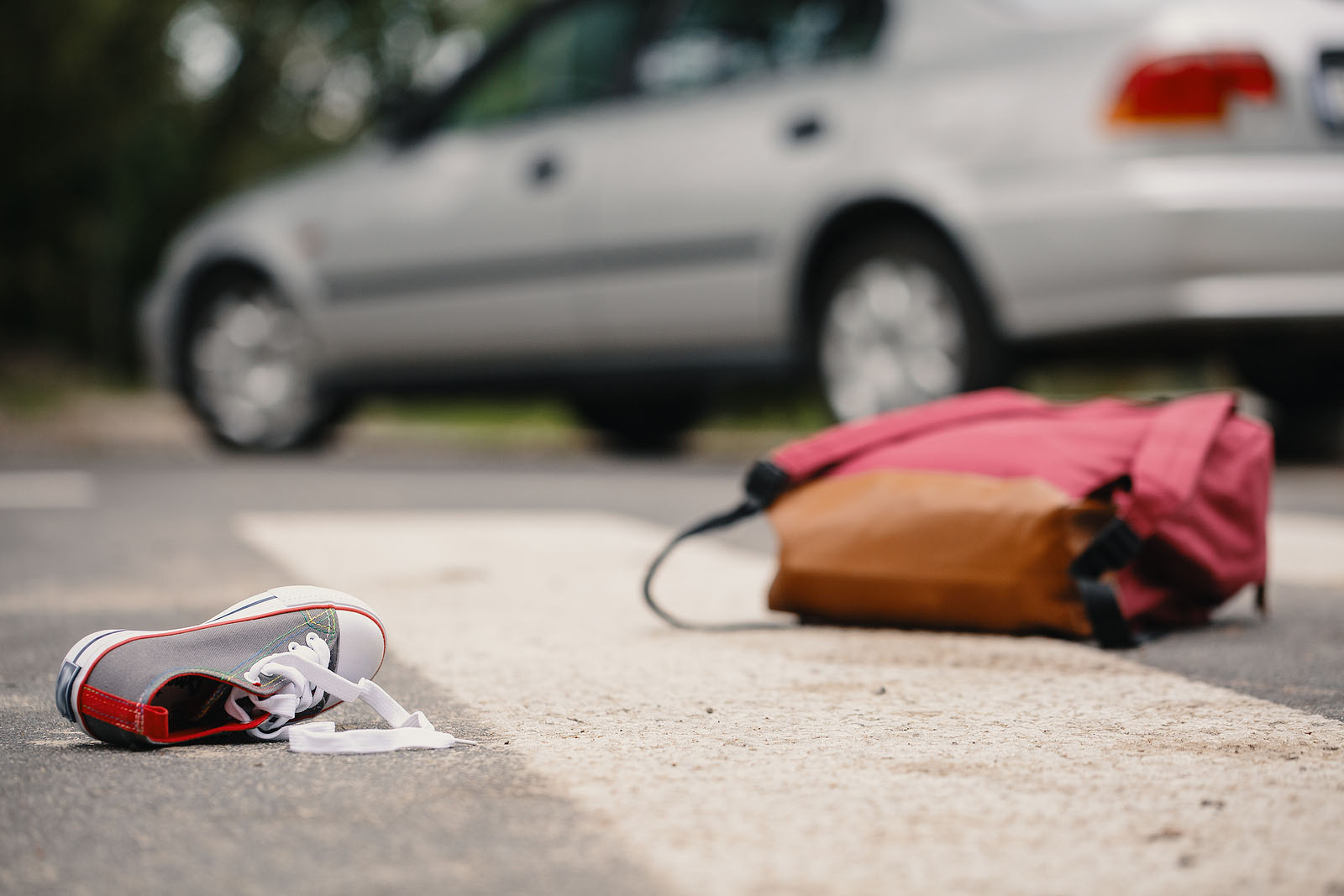Know Your Rights: A Legal Guide to Pedestrian Accident Laws in Nevada
Pedestrian accidents can lead to serious and life-altering consequences, especially in a high-traffic area like Las Vegas. Whether you're a local or a tourist walking the Strip, understanding Nevada’s pedestrian laws is critical to protecting your safety and your rights.

At The Walsh Firm, Ltd., we represent victims of pedestrian accidents across Southern Nevada. In this guide, we break down Nevada’s pedestrian laws and what happens when an accident occurs backed by direct references to Nevada law.
1. Who Has the Right-of-Way in Nevada?
Nevada law is clear: pedestrians often but not always have the right-of-way. According to NRS 484B.283, drivers must yield to pedestrians crossing within a marked or unmarked crosswalk at an intersection. A crosswalk exists at most intersections, even if not visibly marked.
However, pedestrians also carry legal responsibilities. NRS 484B.287 states that pedestrians must not suddenly leave a curb or other place of safety and walk or run into the path of a vehicle that is so close it is impossible for the driver to yield.
Additionally:
- Pedestrians may not cross diagonally unless authorized by traffic control devices.
- Where sidewalks exist, pedestrians are required to use them.
2. Duties of Drivers Toward Pedestrians
Nevada imposes specific duties on motorists to help prevent pedestrian accidents, as outlined in NRS 484B.280 and NRS 484B.283:
- Drivers must exercise due care to avoid colliding with pedestrians.
- Drivers must give an audible signal (such as honking) when necessary to ensure pedestrian safety.
- Drivers must slow down and use extra caution when pedestrians are near schools, playgrounds, bus stops, and crosswalks.
Violating these laws may result in both civil and criminal penalties.
3. Duties of Pedestrians
Pedestrians are also subject to Nevada law. According to NRS 484B.287 and NRS 484B.290:
- Pedestrians must obey all official traffic control signals unless directed otherwise by a police officer.
- Pedestrians crossing outside a crosswalk must yield the right-of-way to all vehicles.
- Pedestrians may not walk along or on a highway when sidewalks are available. If sidewalks are not provided, pedestrians must walk on the left side of the roadway or shoulder, facing traffic.
Violating these statutes may result in citations and can also reduce compensation in a personal injury claim due to comparative negligence.
4. Comparative Negligence in Nevada
Nevada follows a modified comparative negligence rule, codified under NRS 41.141. This means:
- A pedestrian may still recover damages even if they are partially at fault for the accident as long as their fault is not greater than the driver’s.
- The total compensation awarded is reduced by the pedestrian's percentage of fault.
Example: If a pedestrian is 25% at fault for crossing outside a crosswalk, and total damages amount to $100,000, the recovery would be reduced to $75,000.
5. Criminal Charges for Drivers in Pedestrian Accidents
If a driver causes a pedestrian injury due to negligence, recklessness, or while under the influence, criminal charges may apply, including:
- Reckless driving (NRS 484B.653)
- Driving under the influence (DUI) (NRS 484C.110)
- Vehicular manslaughter or homicide (NRS 484B.657, NRS 484C.430), depending on the severity and circumstances
Penalties can include license suspension, fines, and imprisonment. Convictions can also serve as strong evidence in a related civil lawsuit.
6. What to Do After a Pedestrian Accident
Whether you’re the pedestrian or the driver, following proper legal procedures after an accident is crucial. Here’s what the law and best practices recommend:
- Call 911 Immediately – Report the accident and request medical help if needed.
- Stay at the Scene – Leaving the scene of an accident involving injury or death is a felony under NRS 484E.010.
- Exchange Information – Share contact and insurance details with all involved parties.
- Document the Scene – Take photos, gather witness names, and preserve evidence.
- Seek Medical Attention – Even if injuries seem minor, medical documentation is key to any legal claim.
- Contact an Attorney – Consult a qualified personal injury attorney to understand your rights and responsibilities.
7. Compensation Available to Pedestrian Victims
Pedestrians injured due to another party’s negligence may be entitled to compensation for:
- Medical bills (past and future)
- Lost wages and reduced earning capacity
- Pain and suffering
- Disability or disfigurement
- Punitive damages (in cases of gross negligence or intentional harm)
Nevada’s statute of limitations for personal injury claims is two years from the date of the accident (NRS 11.190(4)(e)), so time is of the essence.
8. How The Walsh Firm, Ltd. Can Help
If you've been injured in a pedestrian accident, The Walsh Firm, Ltd. is here to protect your rights and fight for the compensation you deserve. Our attorneys understand Nevada’s pedestrian and traffic laws inside and out and will pursue every legal avenue to hold negligent parties accountable.
We offer:
- Thorough accident investigation
- Clear explanation of your legal rights
- Aggressive negotiation with insurance companies
- Litigation support, when necessary
Contact us today for a free consultation. Our mission is simple: to give injured pedestrians a powerful voice and to hold negligent drivers responsible under Nevada law.
Legal Disclaimer: This blog is for informational purposes only and does not constitute legal advice. For personalized legal guidance, please contact The Walsh Firm, Ltd.